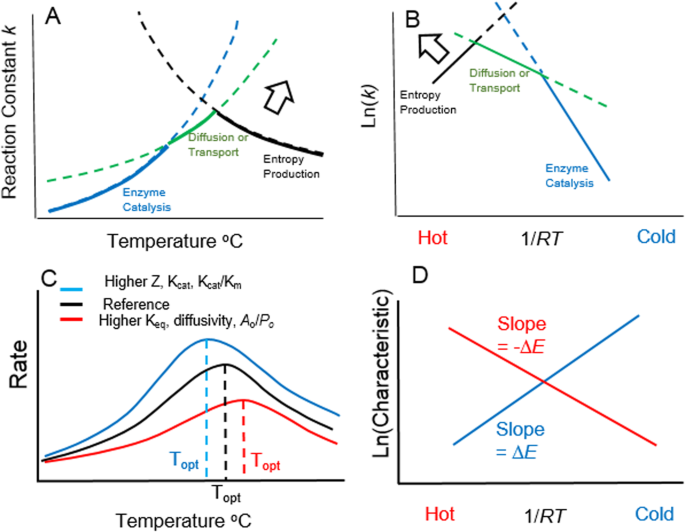Segel; Biochemical calculations (2nd ed.), Wiley, New. Protein geranylgeranyl transferase type I (GGTase-I), a Ca 1 a 2 X prenyltransferase, is an essential enzyme in eukaryotes. Section I Basic Techniques of Experimental Biochemistry 1. Enhanced PDF; Standard PDF. 37 Segel IH ( 1976) Biochemical calculations. Biochemical Journal Jun 01, 2005, 388 (2). Experimental tracings were accumulated.

A novel OXA-type enzyme, named OXA-46, was found to be encoded by a gene cassette inserted into a class 1 integron from a multidrug-resistant Pseudomonas aeruginosa clinical isolate. The variable region of the integron also contained a bla VIM-1 metallo-β-lactamase cassette and a duplicated aacA4 aminoglycoside acetyltransferase cassette. OXA-46 belongs to the OXA-2 lineage of class D β-lactamases. It exhibits 78% sequence identity with OXA-2 and the highest similarity (around 92% identity) with another OXA-type enzyme detected in clinical isolates of Burkholderia cepacia and in unidentified bacteria from a wastewater plant.
Expression of bla OXA-46 in Escherichia coli decreased susceptibility to penicillins and narrow-spectrum cephalosporins but not to extended-spectrum cephalosporins, cefsulodin, aztreonam, or carbapenems. The enzyme was overproduced in E. Coli and purified by two anion-exchange chromatography steps (approximate yield, 6 mg/liter). OXA-46 was made of a 28.5-kDa polypeptide and exhibited an alkaline pI (7.8). In its native form OXA-46 appeared to be dimeric, and the oligomerization state was not affected by EDTA. Kinetic analysis of OXA-46 revealed a specificity for narrow-spectrum substrates, including oxacillin, other penicillins (but not temocillin), and narrow-spectrum cephalosporins. The enzyme apparently did not interact with temocillin, oxyimino-cephalosporins, or aztreonam.
OXA-46 was inactivated by tazobactam and carbapenems and, although less efficiently, also by clavulanic acid. Enzyme activity was not affected either by EDTA or by divalent cations and exhibited low susceptibility to NaCl. Youtube the nanny season 1.

These findings underscore the functional and structural diversity that can be encountered among class D β-lactamases. OXA-type β-lactamases are a group of structurally related serine enzymes belonging to molecular class D of the Ambler structural classification of β-lactamases (, ). Enzymes of this class typically exhibit a good hydrolytic activity against oxacillin and related compounds and are usually poorly susceptible to clavulanate, being classified in group 2d of the functional classification of β-lactamases ().  Although several OXA-type β-lactamases behave as narrow-spectrum oxacillinases, some of them are also capable of degrading extended-spectrum cephalosporins or carbapenems (, ).
Although several OXA-type β-lactamases behave as narrow-spectrum oxacillinases, some of them are also capable of degrading extended-spectrum cephalosporins or carbapenems (, ).
From the structural standpoint, some 60 variants of OXA-type enzymes () that are clustered into several different lineages or groups have been described (,, ). A number of OXA-type β-lactamases are encoded by chromosomal genes that appear to be resident in some microbial genomes (such as in those of some Aeromonas spp., of some Shewanella spp., of Ralstonia pickettii, and of Pseudomonas aeruginosa) (,,,, ). On the other hand, several OXA-type enzymes are encoded by genes associated with mobile elements, which are often represented by gene cassettes inserted into integrons (). These secondary OXA-type β-lactamase ( bla OXA) genes have been reported to occur in isolates of several pathogenic species, including members of the family Enterobacteriaceae, Pseudomonas aeruginosa, Acinetobacter spp., and Burkholderia cepacia, where they can variably contribute to acquired β-lactam resistance (,, ).